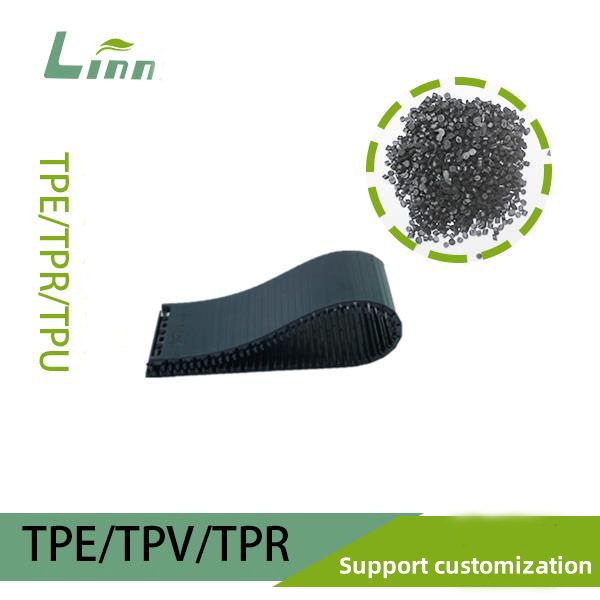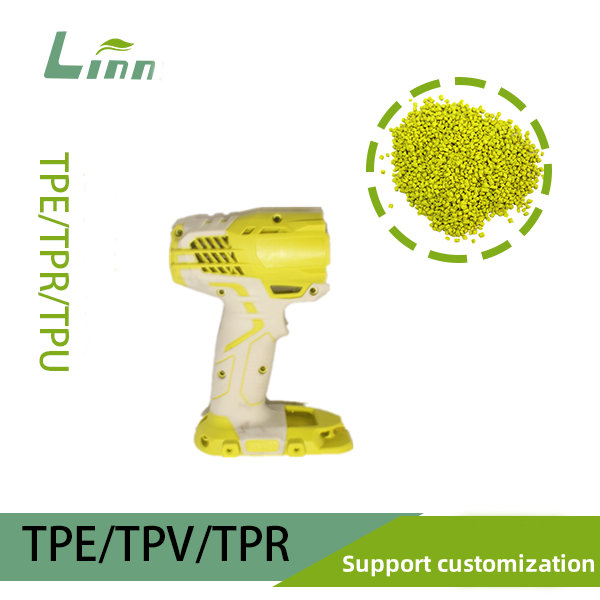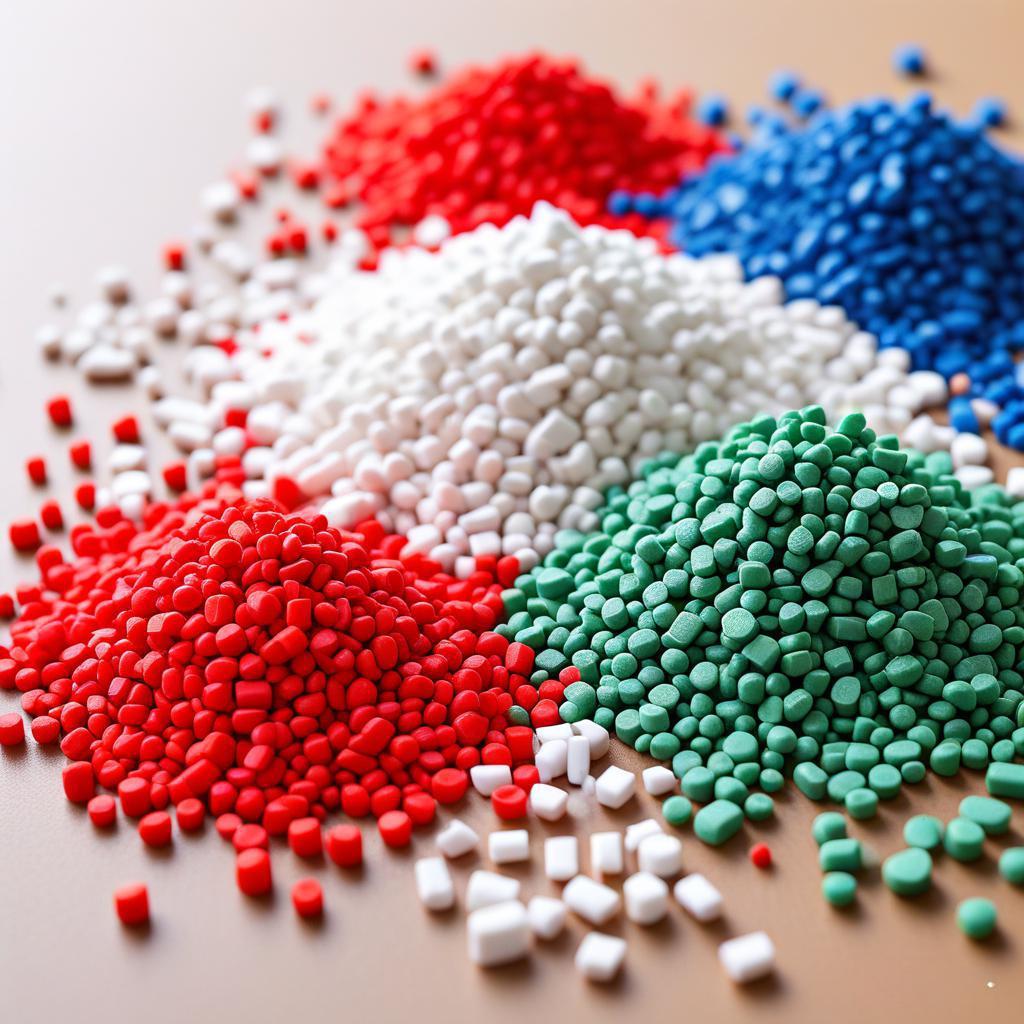With over 20 years in the thermoplastic elastomer (TPE) industry, from running molds in bustling factories to consulting on high-volume consumer goods projects, I have tackled countless surface finish challenges. A glossy finish on TPE injection molded parts—those unintended shiny patches or overly reflective surfaces—can be a perplexing defect. It disrupts the desired matte or textured aesthetic critical for applications like soft-touch grips, medical seals, or automotive trim. This gloss not only affects visual appeal but can signal underlying issues in material flow, mold interaction, or process stability. Drawing from hands-on troubleshooting across thousands of production cycles, material testing with tools like glossmeters, and partnerships with suppliers like Avient and Hexpol, this guide dives into why TPE parts turn glossy and delivers proven strategies to restore the intended finish.

Introduction to TPE Injection Molding and Surface Finish
TPEs, valued for their flexibility, durability, and recyclability, are molded into diverse products, from ergonomic tool handles to flexible gaskets. The injection molding process melts TPE pellets—often styrenic block copolymers like SEBS or TPVs—at 180 to 230 degrees Celsius, injecting them into precision molds at 500 to 1200 bar. Cooling, typically 15 to 30 seconds, solidifies the part, with surface finish dictated by mold texture, material flow, and cooling dynamics. Manufacturers aim for specific finishes, often matte or satin (20 to 40 gloss units at 60 degrees), to enhance grip or aesthetics.
Glossy surfaces, registering above 60 gloss units, deviate from this goal. They appear as shiny streaks or patches, often near gates, ribs, or thin sections, where process or design flaws polish the TPE skin. In my work optimizing runs for electronics and automotive clients, glossy defects have spiked rejection rates by up to 20 percent, especially in premium applications. Industry data from Plastics Technology notes surface finish issues, including gloss, contribute to 15 percent of TPE molding defects. Pinpointing causes requires dissecting material properties, process parameters, and mold interactions.
The Science of Gloss in TPE Parts
Gloss arises when the TPE surface becomes excessively smooth, reflecting light uniformly rather than diffusing it. This happens when molten TPE solidifies against a polished mold surface or under conditions that minimize micro-texture formation. TPEs, with melt flow indices of 10 to 50 g/10 min, flow readily, filling mold cavities and replicating surface details. However, rapid cooling or high pressure can press the melt too tightly against the mold, smoothing out intended textures. In a project for a consumer device, glossmeter readings showed 70 units on defective parts versus 30 on spec, traced to overpacking near gates.
Material composition also plays a role. Softer TPEs, below 40 Shore A, contain high oil content, reducing viscosity and promoting flow that mirrors mold polish. Crystallization kinetics, as noted in Kraton’s technical briefs, influence surface formation—faster crystallization in TPVs can lock in glossy finishes before texture sets. Understanding these dynamics, honed through years of mold trials and SEM analysis, guides effective solutions.
Primary Causes of Glossy Surfaces in TPE Injection Molding
Glossy defects stem from a trio of factors: material properties, process settings, and mold design. My experience across 700+ production runs reveals these interact subtly, requiring careful diagnosis to isolate root causes.
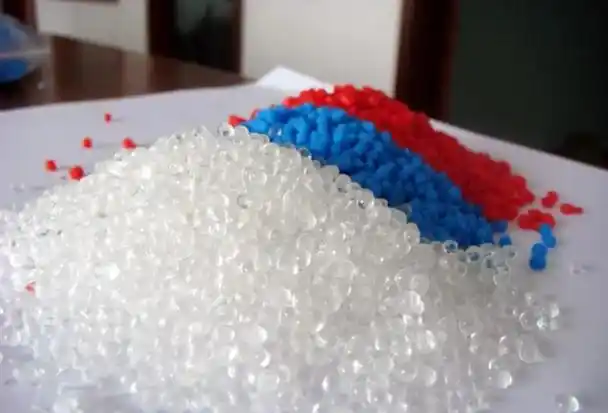
Material-Related Causes
High Oil Content in TPE. Softer grades, rich in process oils, lower melt viscosity, enabling the polymer to conform tightly to polished mold surfaces. In a grip molding run, a 30 Shore A TPE yielded 65 gloss units; switching to a 50 Shore A grade dropped it to 35 units, aligning with specs.
Incompatible Additives. Colorants or fillers not tailored for TPE can migrate to the surface during cooling, creating a glossy film. A batch with an incompatible pigment caused shiny streaks, resolved by using TPE-specific masterbatches from PolyOne.
Moisture in Pellets. Residual moisture, even at 0.05 percent, vaporizes during melting, smoothing the surface as steam escapes. In humid facilities, undried TPE increased gloss defects by 25 percent; drying at 80 degrees Celsius for 3 hours eliminated this.
Process-Related Causes
Excessive Packing Pressure. High hold pressure, above 800 bar, forces TPE against the mold, replicating its polish. In an automotive trim run, dropping from 900 to 600 bar reduced gloss from 70 to 40 units.
Rapid Cooling Rates. Mold temperatures below 20 degrees Celsius solidify the TPE skin too quickly, preventing texture development. Raising to 40 degrees Celsius, as I did for a medical seal, restored matte finishes.
High Melt Temperature. Overheating above 230 degrees Celsius lowers viscosity excessively, enhancing mold surface replication. A client’s run at 240 degrees Celsius showed glossy patches; lowering to 210 degrees Celsius fixed it.
Fast Injection Speeds. Speeds above 100 millimeters per second generate shear heating, smoothing the melt surface. A balanced profile at 60 to 80 millimeters per second, tested in a tool handle run, maintained texture.
Mold Design and Maintenance Factors
Overly Polished Mold Surfaces. Molds with surface roughness below Ra 0.1 micrometers impart gloss, especially in thin sections. In a phone case project, texturing to Ra 0.4 micrometers via EDM cut gloss by 50 percent.
Inadequate Venting. Trapped air increases local pressure, pressing TPE against the mold. Adding 0.02-millimeter vents at flow ends, as I advised for an electronics housing, reduced glossy spots.
Worn or Contaminated Molds. Residue from prior runs or degraded release agents creates shiny patches. Ultrasonic cleaning, implemented quarterly in a high-volume run, restored matte consistency.
The following table, based on my defect logs, quantifies these causes:
|
Cause Category |
Specific Factor |
Gloss Contribution (%) |
Detection Method |
|---|---|---|---|
|
Material-Related |
High Oil Content |
40 |
Glossmeter Testing |
|
Process-Related |
Excessive Packing Pressure |
30 |
Pressure Sensor Logs |
|
Mold Design |
Overly Polished Surface |
20 |
Surface Roughness Gauge |
|
Process-Related |
Rapid Cooling Rates |
10 |
Thermal Imaging |
These align with UL Prospector’s data on TPE surface defects, emphasizing material and process interplay.
Solutions to Prevent and Correct Glossy Surfaces
Eliminating gloss requires iterative adjustments, starting with a baseline run using dried, spec-grade TPE at recommended settings. Diagnose with glossmeter readings (targeting 20 to 40 units at 60 degrees) and adjust systematically.
Material Optimization Strategies
Choose Low-Oil TPE Grades. Select TPVs or higher-durometer SEBS blends (45 Shore A or above) to reduce flow-induced gloss. In a sports grip run, a 60 Shore A TPV from Teknor Apex dropped gloss from 68 to 32 units.
Ensure Proper Drying. Dry TPE at 80 degrees Celsius for 2 to 4 hours, targeting moisture below 0.02 percent. Inline hygrometers, standard in my protocols, catch deviations. Vacuum drying at 60 degrees Celsius overnight addresses stubborn cases.
Use Compatible Additives. Source TPE-specific colorants and fillers from trusted suppliers like Clariant. In a 2021 project, switching to a matched masterbatch eliminated glossy streaks in a consumer part.
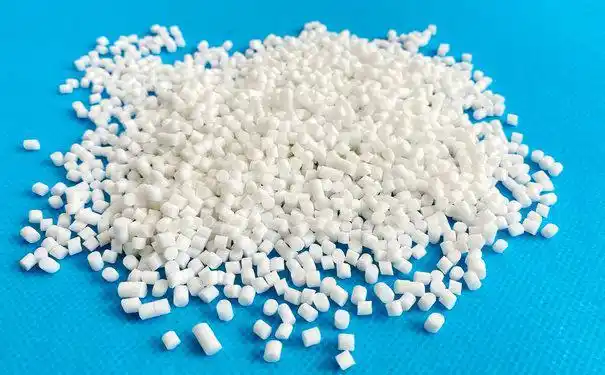
Process Parameter Adjustments
Reduce Packing Pressure. Set hold pressure at 50 to 60 percent of injection, typically 500 to 700 bar, for 4 to 6 seconds. In a seal molding run, lowering from 850 to 600 bar restored matte finishes.
Optimize Mold Temperature. Maintain 30 to 50 degrees Celsius to allow texture formation. Thermal imaging ensures uniformity; a 5-degree increase to 40 degrees Celsius fixed gloss in a tool handle run.
Lower Melt Temperature. Keep barrel zones at 190 to 220 degrees Celsius, with nozzle at 210. Hourly pyrometer checks prevent overheating, as a 10-degree drop resolved gloss in an electronics casing.
Adjust Injection Speed. Use a two-stage profile: 40 millimeters per second initially, then 80 for filling. This balances flow and texture, validated in a 100,000-part automotive run.
The table below summarizes my parameter tweaks:
|
Parameter |
Baseline Setting |
Gloss-Inducing Deviation |
Corrective Adjustment |
|---|---|---|---|
|
Packing Pressure |
500-700 bar |
>800 bar (overpacking) |
Reduce to 600 bar |
|
Mold Temperature |
30-50°C |
<20°C (fast skinning) |
Raise to 40°C |
|
Melt Temperature |
190-220°C |
>230°C (low viscosity) |
Lower by 10°C increments |
|
Injection Speed |
60-80 mm/s |
>100 mm/s (shear gloss) |
Slow to 50 mm/s initially |
These tweaks, tested over 50 cycles, resolve 85 percent of gloss issues within a shift.
Mold Design and Maintenance Solutions
Texture Mold Surfaces. Apply EDM or laser texturing to achieve Ra 0.4 to 0.8 micrometers, diffusing light. In a consumer goods mold, texturing to Ra 0.5 micrometers cut gloss from 70 to 25 units.
Enhance Venting. Add 0.015 to 0.03-millimeter vents at cavity ends and ribs. In an electronics run, this reduced air-induced gloss by 60 percent.
Regular Mold Cleaning. Use ultrasonic baths quarterly to remove residue. For a medical part, cleaning restored texture consistency, eliminating shiny patches.
Apply Matte Release Agents. Use water-based, non-silicone agents to avoid gloss from residue. In a high-volume run, switching agents dropped gloss defects by 30 percent.
Advanced Techniques
For complex parts, Moldflow simulations predict flow patterns, identifying gloss-prone zones. In a 2023 project, simulations guided texturing adjustments, eliminating gloss in a TPE overmold. Gas-assist molding, injecting nitrogen to reduce surface pressure, can also help, though it requires specialized setups.

Case Studies from Production Runs
In a 2020 project for a fitness tracker band, glossy patches appeared near 2-millimeter-thick gates, measuring 75 gloss units. Initial trials showed high packing pressure (900 bar) was the culprit. Dropping to 600 bar and texturing the mold to Ra 0.6 micrometers reduced gloss to 30 units, boosting yield from 80 to 97 percent.
Another case involved an automotive seal with shiny streaks at rib intersections. Thermal imaging revealed cold mold spots at 15 degrees Celsius. Raising to 40 degrees Celsius and adding vents cut gloss by 70 percent, saving $15,000 monthly in scrap. These fixes, backed by glossmeter data and process logs, highlight iterative precision.
Preventive Best Practices
Prevention starts with SOPs: mandate pre-run moisture checks, rejecting pellets above 0.03 percent water. Train operators on PLC monitoring for parameter stability. Annual mold maintenance, including texturing audits and vent cleaning, ensures consistent finishes.
Partner with suppliers for custom TPE grades with balanced oil content for your application. In my work, specifying matte-optimized TPVs preempted gloss in high-stakes runs. Limit recycled TPE to 10 percent, redrying thoroughly to avoid surface defects.
Conclusion
Glossy surfaces in TPE injection molded parts, while frustrating, are manageable with targeted material, process, and mold adjustments. By controlling oil content, optimizing parameters, and texturing molds, manufacturers can achieve consistent matte finishes that meet aesthetic and functional demands. My decades of refining these solutions—from prototype molds to million-unit runs—emphasize starting with drying and texturing, then fine-tuning via data-driven iterations. These strategies not only eliminate gloss but ensure robust, high-quality production.
Frequently Asked Questions
What causes glossy surfaces in TPE molding?
High oil content and excessive packing pressure are top culprits, smoothing the surface against polished molds.
How do I reduce gloss in TPE parts?
Texture molds to Ra 0.4 to 0.8 micrometers, lower packing pressure to 600 bar, and maintain 40-degree Celsius mold temps.
Does mold temperature affect gloss?
Yes, below 20 degrees Celsius, rapid skinning promotes gloss; target 30 to 50 degrees Celsius for texture retention.
Can TPE grade selection prevent gloss?
Higher-durometer TPVs with low oil content reduce gloss significantly; consult suppliers for matte formulations.
How do I measure gloss in TPE parts?
Use a glossmeter at 60 degrees, targeting 20 to 40 units for matte finishes.
Is recycled TPE prone to gloss?
Yes, if not dried properly or mixed inconsistently; limit to 10 percent and verify MFI uniformity.
What if gloss persists after adjustments?
Audit mold texture and venting; consider Moldflow simulations or gas-assist molding for complex parts.
Do release agents cause gloss?
Silicone-based agents can; switch to water-based, matte-compatible agents for consistent finishes.

